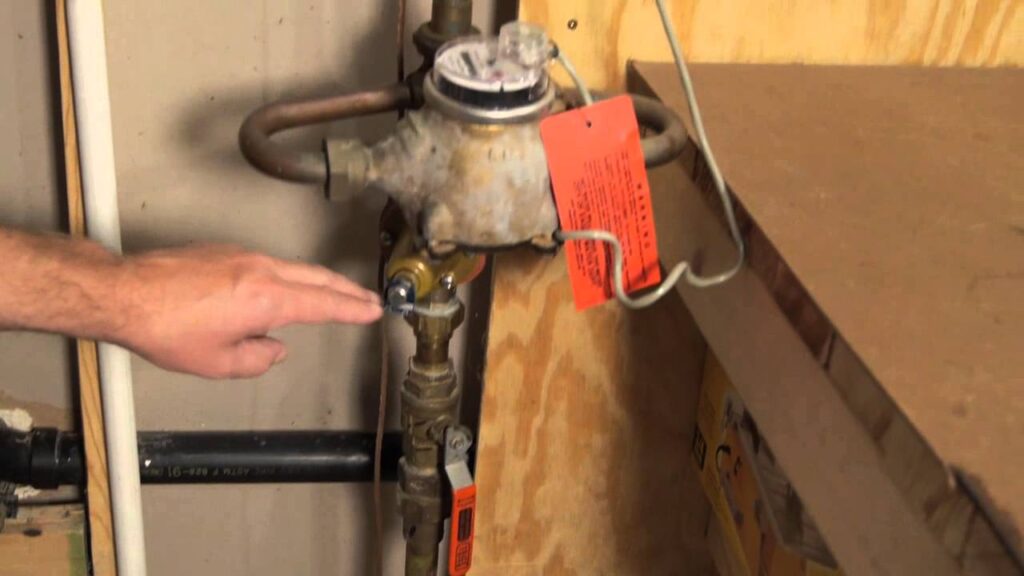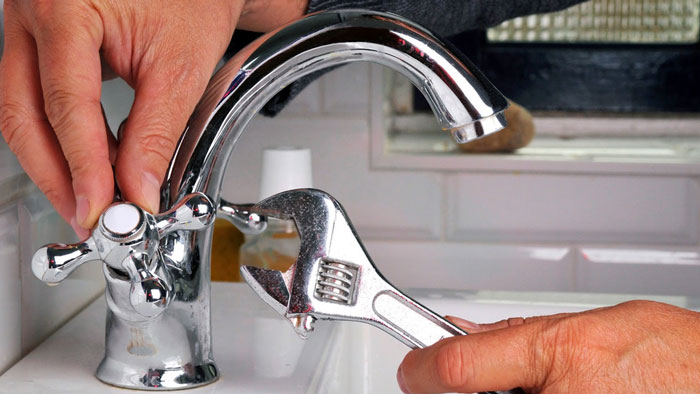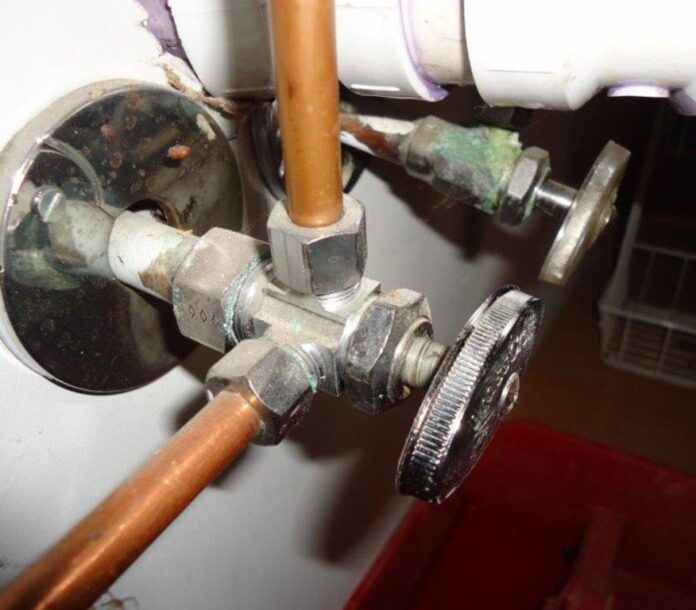In certain situations, finding yourself without running water can be a significant inconvenience. Whether it’s due to planned repairs or an unexpected halt in supply, the absence of water can disrupt daily life. While the recommended course of action is to contact your water supply company for assistance, some individuals may consider turning the water back on themselves—illegally.
Before delving into this topic any further, it’s crucial to emphasize the risks and legal implications associated with tampering with water valves without proper authorization. Turning water back on illegally can result in serious consequences, including fines, legal action, and potential damage to property or infrastructure. It’s essential to approach this matter with caution and consider seeking professional help whenever possible.
That said, for informational purposes only, here’s a hypothetical guide on how someone might attempt to illegally turn their water back on:
Locate the Supply Valves
Identify the supply valves connected to the water source. These valves, often resembling wheels or levers, control the flow of water. In some cases, the main shut-off valve may need to be accessed.

Turn the Valve Counterclockwise
Using appropriate tools if necessary, attempt to turn the valve counterclockwise to restore water flow. Exercise caution to avoid damaging the valve or causing leaks.
Switch on the Main Valve
If needed, locate and manipulate the main shut-off valve to restore water to the entire property. This valve is typically situated outside the premises and may require specific tools for operation.

Handle Well Water Systems
For properties relying on well water, additional steps may be necessary to reactivate the water supply. This could involve adjusting valves or switches associated with the water pump.

Bypass Electric Controls
In some instances, electronic switches may be in place to control water flow. Carefully bypass these controls, if possible, to facilitate the restoration of water.

Wait for the System to Fill
After taking these actions, allow time for the water system to fill and pressure to stabilize. Listen for the sound of water flowing through pipes as an indication of success.
Exercise Caution and Discretion
Understand that illegally tampering with water valves poses significant risks. Proceed with extreme caution, and consider seeking professional assistance to avoid potential consequences.
It’s crucial to reiterate that attempting to turn water back on illegally is not only unlawful but also hazardous. Individuals facing water supply issues should prioritize contacting their water supply company or seeking assistance from licensed professionals. Taking matters into one’s own hands in this manner can lead to legal trouble and safety hazards.
In conclusion, while the temptation to restore water flow independently may arise, it’s imperative to prioritize legal and safe solutions. Seeking appropriate assistance and adhering to regulations is essential for the well-being of individuals and communities.
For more information and guidance on dealing with water supply issues, consult reputable sources or seek assistance from relevant authorities. Remember, safety and compliance should always come first.
Disclaimer
The information provided in this guide is for illustrative purposes only and should not be construed as encouragement or endorsement of illegal activities. It is essential to abide by laws and regulations governing water supply and seek lawful solutions to address any issues encountered.
Frequently Asked Questions
What are some legal ways to restore water service?
To legally restore water service after it’s been shut off, contact the utility company and pay any outstanding bills. If they’re unresponsive, negotiate a payment plan or inquire about assistance programs. Avoid tampering with the water meter or infrastructure, as it can result in fines or penalties.
What are some common reasons for water service to be turned off?
Water service interruptions can occur for several reasons. Non-payment of bills is a common cause, leading to shut-offs until balances are settled. Plumbing leaks, even with the main valve off, may require repairs before service restoration. Water main breaks or repairs also necessitate shut-offs to isolate issues. During renovations, temporary shut-offs may occur for safety. In droughts, water restrictions may lead to shut-offs for non-compliance. Suspected tampering prompts preventive shutdowns. Despite inconvenience, utility companies have the authority to enforce shut-offs for valid reasons, and illegal restoration attempts are strongly discouraged.
What are some common mistakes people make when trying to restore water service?
Common mistakes when trying to restore water service include not shutting off the main valve before plumbing work, ignoring signs of plumbing issues, improper use of drains, excessive reliance on DIY solutions, overuse of chemical drain cleaners, failure to locate utility lines before digging, lack of clear communication with plumbers, and delaying water damage cleanup. These errors can lead to further damage and complications. It’s important to be proactive, seek professional help, and avoid risky DIY methods to prevent costly mistakes and ensure effective restoration of water service.
Read Also- How are inheritance checks mailed
